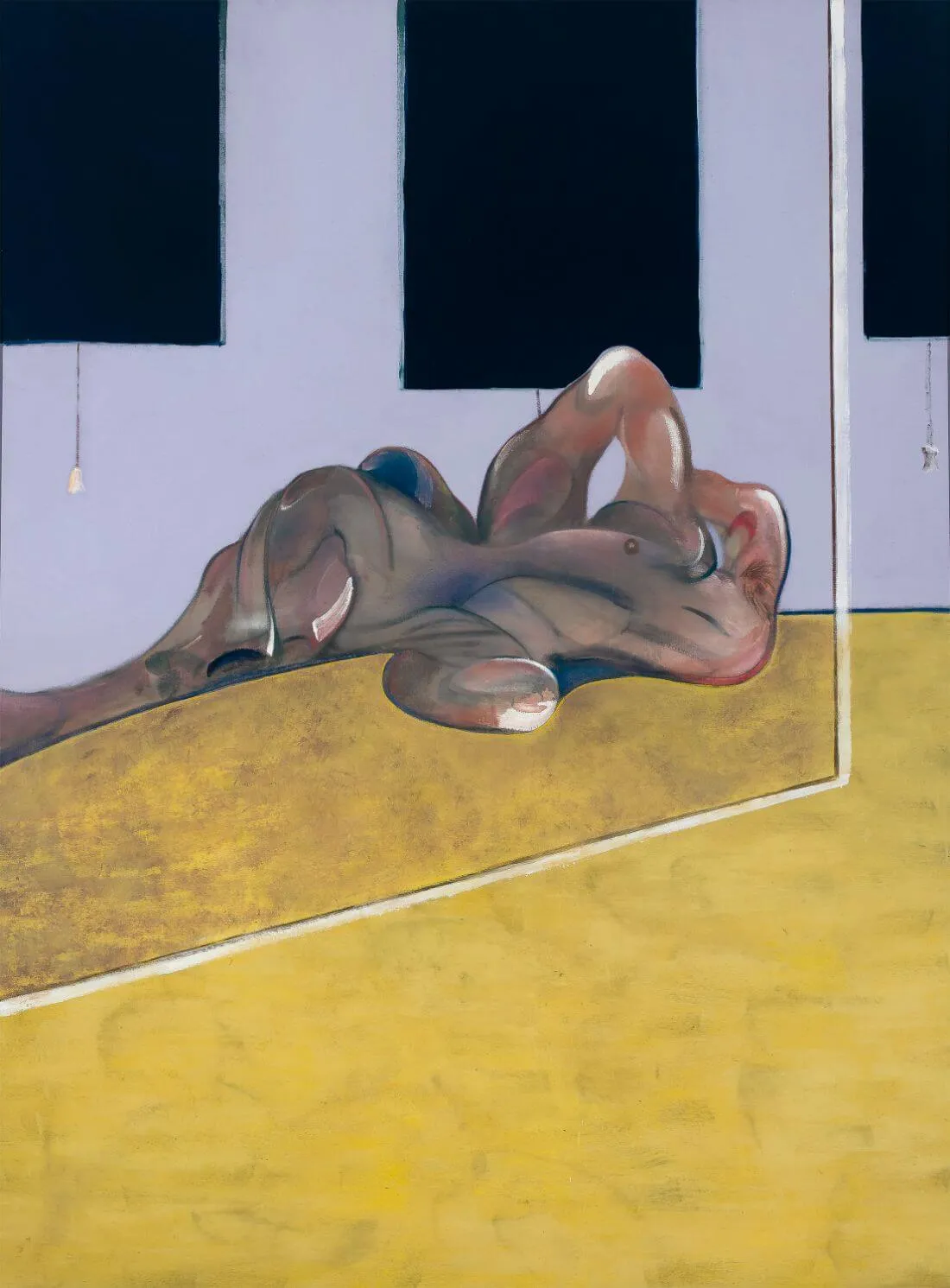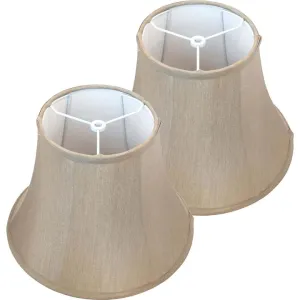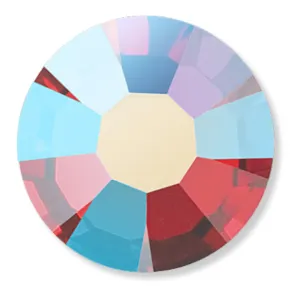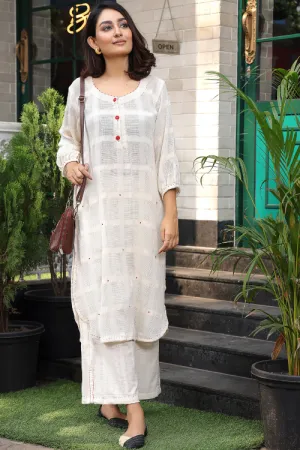A male figure is reflected in a mirror framed by two white lines, which also depicts part of the circular interior—an arena or a stage for erotic performances—in which it is placed. The geometric and chromatic reduction of the floor, walls and roller blinds forms a sharp contrast with the sensual and elastic treatment of the deformed headless presence that dominates the composition, the plastic quality of which matches the interest that sculpture held for Bacon at the time (he kept a picture of Michelangelo’s Day from the Medici Chapel in his studio). Far from making the room larger, the mirror—a common feature in his oeuvre since the late sixties—stresses the idea of confinement and transforms the viewer into a voyeur of his own distorted reality.















